Real life examples of IoT ruling the world
The Internet of Things (IoT) is a known term these days, and it would not be an exaggeration to claim that the term represents the next phase of the...
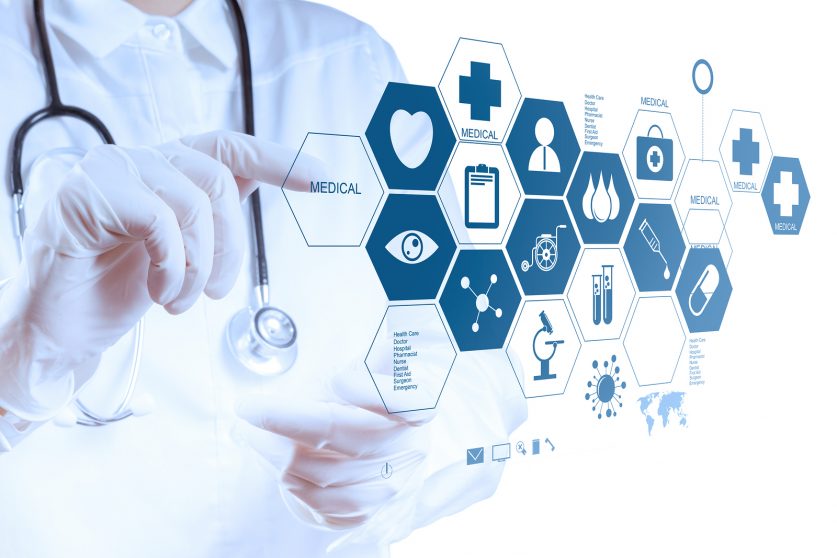
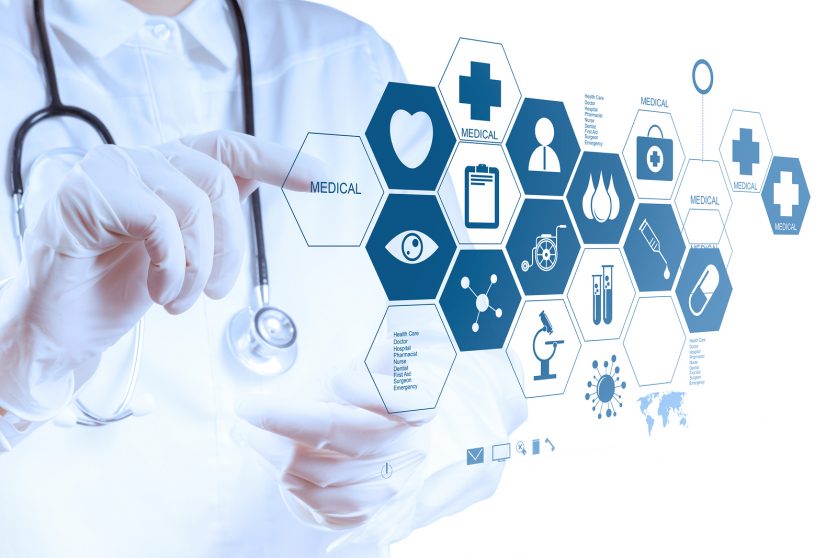
The Internet of Things (IoT) refers to a network of physical objects, which can gather and share electronic information. The Internet of Things includes a wide variety of smart devices, ranging from industrial machines, which transmit production process data to sensors that track human body information. Extending internet access to a variety of devices and everyday things that use embedded technologies to collaborate and engage with the external environment, including conventional gadgets such as desktop and laptop computers, smartphones and tablets.
IoT is everywhere from retail to smart homes. By using IoT in healthcare doctors, patient care can be ensured on-time and an on-time assist, treatment costs reduced, and treatments made more effective. From health and wellbeing management through smartwatches to cancer care.
Businesses need to adapt to trending technologies to stay ahead with a big shift in the technological world. It bridged the gap between the physical and digital realities. A key aspect of IoT is that it facilitates real-time communication between devices and systems, which are miles apart. It is predicted that by 2020 the market value for IoT will be around $9 trillion.
Systems and artifacts with built-in sensors are linked to an Internet of Things network, which incorporates data from the various devices and utilizes algorithms to exchange the most valuable information with apps designed to meet specific needs. Such efficient IoT systems can determine exactly what information is useful, and what can be overlooked safely.
Although the idea of IoT has been in existence for a long time, it has become practical through a collection of recent advances in several different technologies. Businesses need to adjust to emerging developments to stay ahead with a big shift in the technological world. It bridged the gap between the physical and digital realities. A key aspect of IoT is that it facilitates real-time communication between devices and systems, which are miles apart.
Hosts of Internet network protocols have made it easy for fast data transfer to link sensors to the cloud and to other items. Anyone with access to this technology who wishes to manage this lock seated miles away can do so easily by connecting his or her personal electronic device.
Smart Home has become the revolutionary residential success ladder and smart homes are expected to become as common as smartphones. The cost of owning a house is the largest expense in the life of a householder. Smart Home products promise time, energy and money saving
The transport industry is already collaborating with professional software development companies to make self-driving cars a possibility, increase efficiency, and reduce waste.
Cities are also ideal incubators for IoT-based systems that make urban life more appealing, such as fast, accessible transport systems, secure street lighting and energy-efficient buildings.
The options are even vaster for personal health. There are already 3D-printed wristbands in progress for interpreting vital signs. We can track even more with the long list of wearable already in circulation: sleeping patterns, nutritional balance, GP visits, and check-up schedules, exercise programs, etc.
Bringing the IoT into medicine helps in stronger, healthier and easier patient care. From the implantation of medical devices to smart sensors, the IoT will speed up healthcare delivery, enabling doctors to spend less time on transportation, diagnose illnesses and communicate with patients.
IoT asset monitoring gives the healthcare industry multiple benefits. Doctors, nurses, and orderlies often need to know the exact position of equipment such as wheelchairs for patient-assistance. When the wheelchairs of a hospital are equipped with IoT sensors, they can be tracked from the IoT asset monitoring application, so that the nearest available wheelchair can be found quickly by anyone looking for one.
Multiple monitoring devices can be connected with IoT, thus allowing patient monitoring in real-time. Besides, these devices can also transmit signals from home, reducing patient care time in hospitals.
In case of a medical emergency, such as heart failure, diabetes, asthma attacks etc., real-time tracking that connected devices can save lives. With real-time monitoring of the condition in place using a smart medical device connected to a smartphone app, connected devices can collect medical and other health data required and use the smartphone's data connection to transfer the information collected to a physician.
In case of an emergency, patients can use a smart mobile app to contact a doctor who is several kilometers away. With mobility solutions in healthcare, the physicians can check the patients instantly and identify on-the-go ailments.
IoT may also be used for research purposes in the health care sector. It is because IoT allows us to collect a massive amount of data about the patient's disease that would have taken many years if we manually collected it. This collected data can thus be used for statistical study, which would support medical research.
When health care costs are projected to grow unmanageable in the future, mitigation has become a focus field. The universal access to high fidelity, real-time data on the wellbeing of each patient would improve health care by helping people live healthier lives and prevent disease. IoT can improve patient satisfaction by optimizing the operative workflow
The Internet of Things has the potential to turn the entire healthcare system around and allow operators to introduce automated solutions for patient monitoring and delivery of healthcare. In modern times, the healthcare industry has evolved into a sophisticated network of devices, which attempt to keep an eye on patient health and monitor its progress. IoT has changed the lives of people, particularly elderly patients, by allowing for constant monitoring of health conditions. This has a major impact on the individuals and their families living alone. Alert mechanism sends signals to family members and health care providers concerned on any disturbances or changes in a person's routine activities.
It took a lot of manual labor before computers entered the healthcare scene, collecting patient data, safely storing it, and monitoring. Now, IoT technology can collect data and supply it to the provider regardless of where they are, what time they are, and what devices they use to read it.
IoT rests on a stack of possibilities and may soon be able to welcome a new era in the healthcare sector. The IoT enables care providers to track, to name a few, factors such as sleep, heart rate, temperature, physical activity and blood pressure.
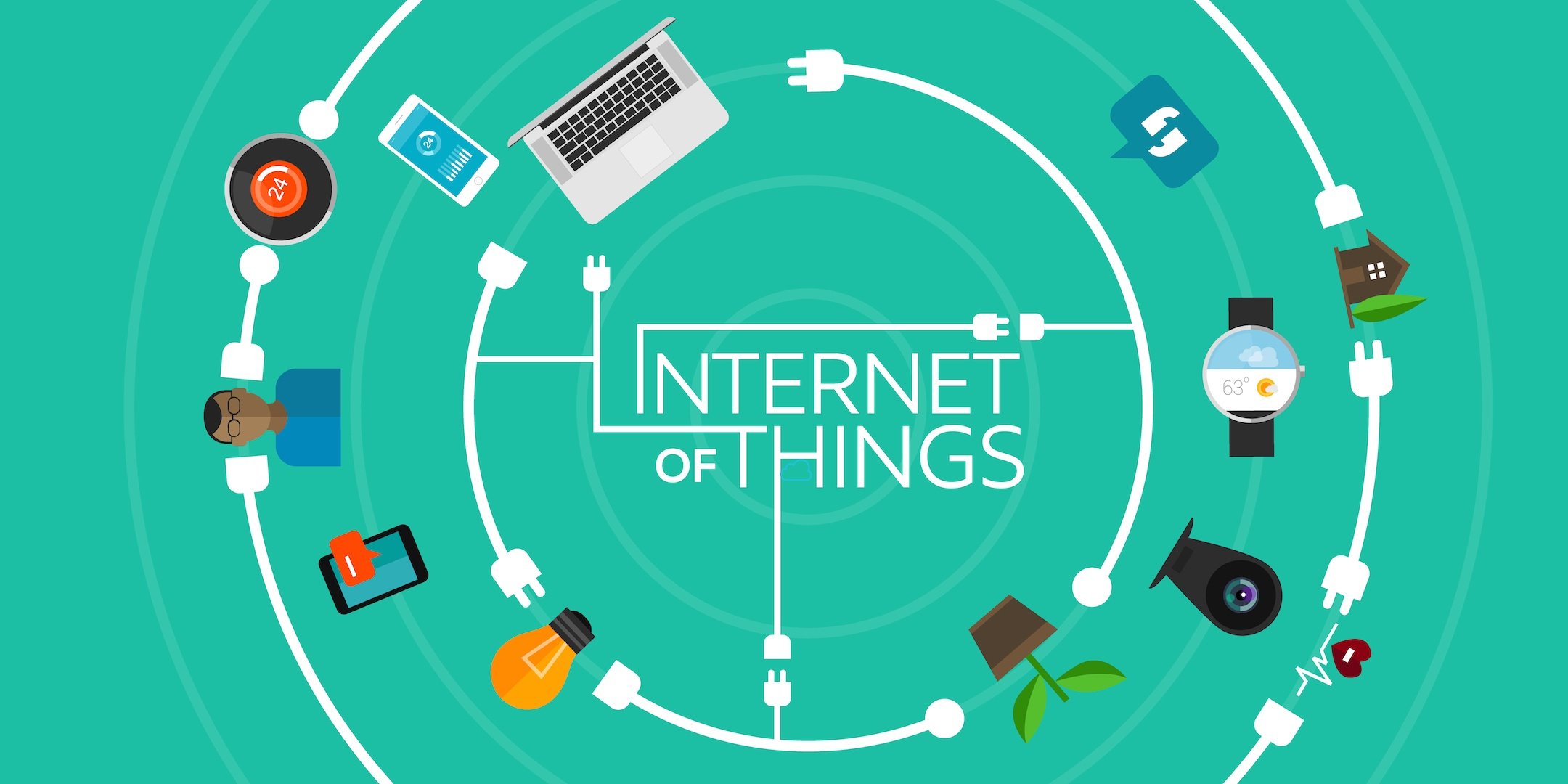
The Internet of Things (IoT) is a known term these days, and it would not be an exaggeration to claim that the term represents the next phase of the...
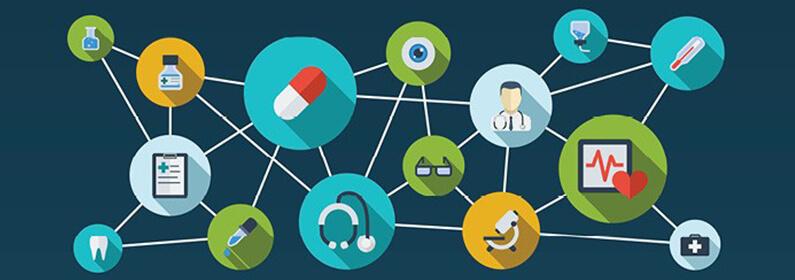
The Internet of Things (IoT) is changing the working pattern institutional values of many industries and sectors. Service devices which are powered...
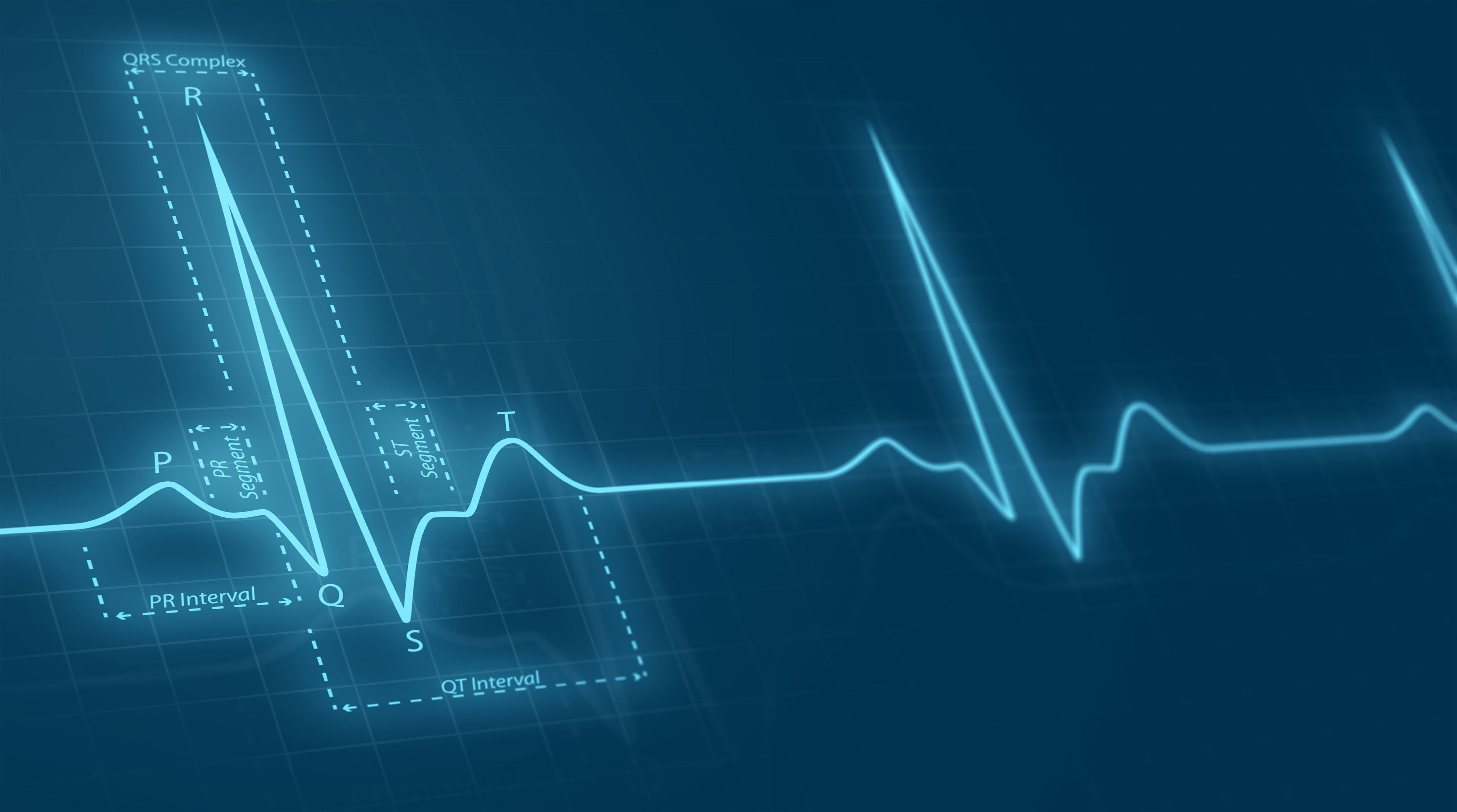
Over the past 20 years, we have seen how innovation has transformed and has been able to generate disruptions in almost every industry. In almost all...